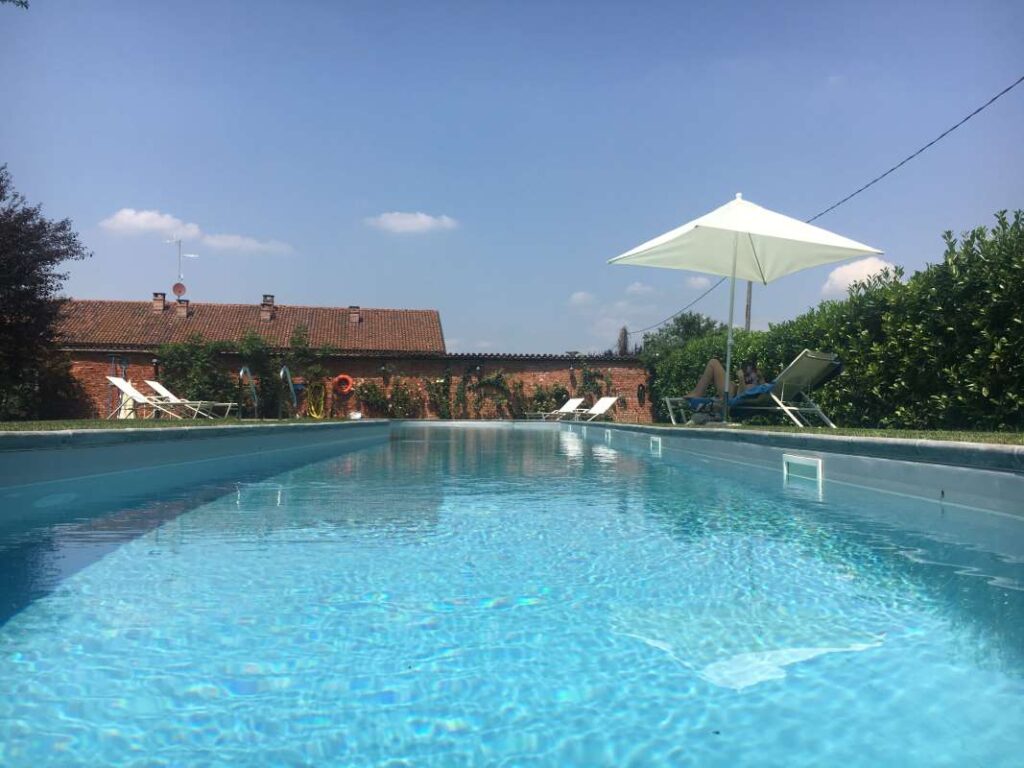How to Inspect Pool Lights for Electrical Safety
Ensure your pool lights are safe and functioning correctly. Our guide on inspecting pool lights provides essential safety tips for every pool owner.
Proper maintenance of pool lights is crucial not only for aesthetics but also for safety. Electrical issues in pool lighting can lead to severe accidents, including electrical shocks or fires. In this comprehensive guide, we will discuss how to inspect pool lights for electrical safety, ensuring that your pool area remains a safe haven for you and your family. We’ll cover the importance of inspections, step-by-step procedures, and best practices to maintain your pool lighting system. Let’s dive in!
The Importance of Inspecting Pool Lights
– Safety First: Regular inspections of pool lights are essential for safety. Faulty wiring or damaged components can pose significant risks. According to the Consumer Product Safety Commission, electrical accidents are among the leading causes of pool-related injuries. – Enhancing Pool Experience: Well-maintained pool lights enhance the overall ambiance of your pool area. They create a welcoming environment for evening swims and pool parties, providing both safety and enjoyment.- Preventing Major Repairs: Conducting inspections can help identify minor issues before they escalate into costly repairs. This proactive approach saves money and ensures that your pool lighting system functions efficiently.
Step-by-Step Procedure for Inspecting Pool Lights
Inspecting pool lights requires careful attention to detail. Here is a step-by-step process to guide you through the inspection:1. Turn Off Power Supply: Before inspecting any electrical components, always turn off the power to the pool lights at the circuit breaker. This step is critical to ensure your safety.2. Check for Visible Damage: Examine the light fixtures for any visible signs of damage or wear, such as cracks, frayed wires, or corrosion. Look for any signs of water intrusion, as this can significantly increase the risk of electrical shock.3. Test the GFCI: Ensure that the Ground Fault Circuit Interrupter (GFCI) outlets are functioning correctly. Press the test button on the GFCI to check if it trips. If it doesn’t, it may need replacing.4. Inspect the Bulbs: Remove the light bulbs and inspect them for any signs of burning or discoloration. If a bulb appears damaged, replace it with one that matches the wattage recommended for your fixtures.5. Examine the Wiring: Carefully inspect the wiring connected to the light fixtures. Look for any exposed wires or loose connections. If you notice any issues, it’s best to contact a qualified electrician.6. Clean the Fixtures: Dust and debris can accumulate in light fixtures, affecting their performance. Use a soft cloth to clean the exterior and a gentle cleaner for the lens, ensuring clarity and brightness.7. Reassemble and Test: Once everything is inspected and cleaned, reassemble the fixtures and restore power. Test the lights to ensure they are functioning correctly.
Understanding Electrical Safety Standards for Pool Lights
Electrical safety standards are crucial in preventing accidents associated with pool lighting. Familiarize yourself with the following guidelines:- National Electrical Code (NEC): The NEC outlines safety standards for pool lighting installation. Ensure your pool lights are installed according to these standards to minimize risks.- Local Building Codes: Local regulations may impose additional requirements on pool lighting. Always check with your local building authority to ensure compliance.- Use of GFCIs: The installation of GFCI outlets is mandatory in wet areas, including pools. They help prevent electrical shocks by cutting off the power supply when they detect an imbalance.- Professional Installations: For new installations or major repairs, always hire a licensed electrician. Their expertise ensures that your pool lights are safely and correctly installed.
Common Issues to Look Out For
During your inspections, be aware of these common issues that may require immediate attention:- Dimming Lights: If the pool lights are dim or flickering, this could indicate a problem with the electrical supply or a failing transformer. Investigating these issues promptly can prevent complete failure.- Tripping Breakers: Frequent tripping of circuit breakers related to pool lights points to a deeper electrical problem. Don’t ignore this symptom; consult an electrician for a thorough evaluation.- Unusual Noises: If you hear buzzing or humming sounds coming from the fixtures, it may indicate electrical issues that need to be addressed immediately.- Water Accumulation: If you notice water pooling around the light fixtures, it could be a sign of a leak or improper sealing, which can lead to electrical hazards. Ensure that fixtures are adequately sealed against water ingress.
Best Practices for Pool Light Maintenance
Ensuring the safety and functionality of your pool lighting system requires regular maintenance. Here are some best practices to follow:- Seasonal Inspections: Inspect your pool lights at least twice a year, typically before and after the swimming season. This helps in identifying issues due to seasonal changes.- Professional Check-Ups: Consider hiring a professional electrician for an annual check-up of your pool lighting system. They can provide insights and perform tasks that may be beyond your expertise.- Use Quality Products: Invest in high-quality pool lights and electrical components. Though they may have a higher upfront cost, their durability and reliability will pay off in the long run.- Educate Yourself and Others: Familiarize yourself and your family with the importance of pool safety. Educate them on the signs of electrical issues and the necessity of reporting them. – Documentation: Keep a maintenance log detailing inspections, repairs, and replacements. This record can be beneficial when troubleshooting issues or when seeking professional help.
Conclusion
Inspecting pool lights for electrical safety is essential not only for the longevity of your pool lighting system but also for the safety of everyone who enjoys your pool. By following the steps outlined above and adhering to safety standards, you can ensure a safe and enjoyable swimming experience. Regular inspections and maintenance can help you avoid costly repairs while enhancing the overall ambiance of your swimming space. If you’re considering starting a pool service business, check out our
Pool Routes For Sale listings to find opportunities in your region. Always prioritize safety, and don’t hesitate to reach out for professional help when needed!



